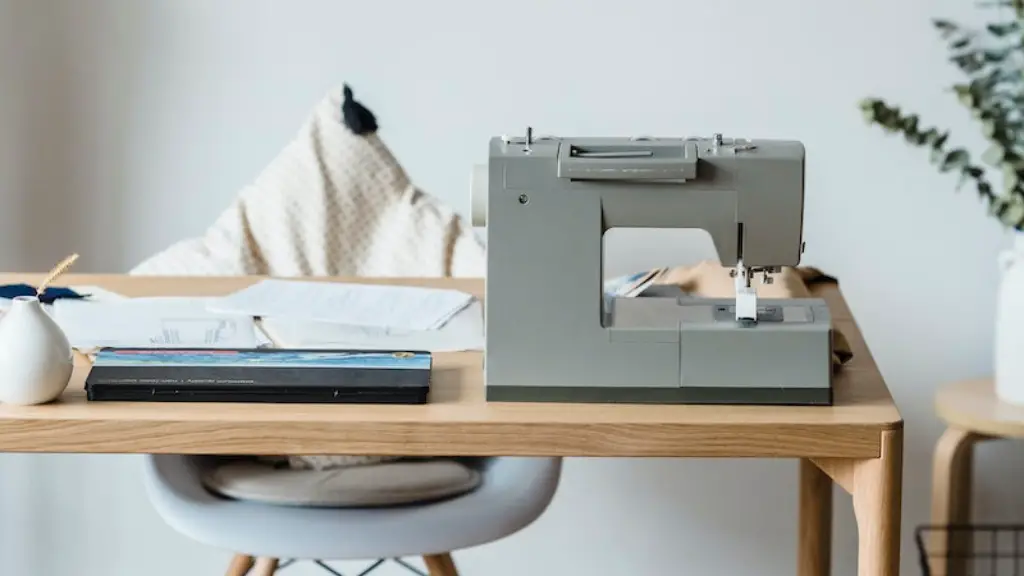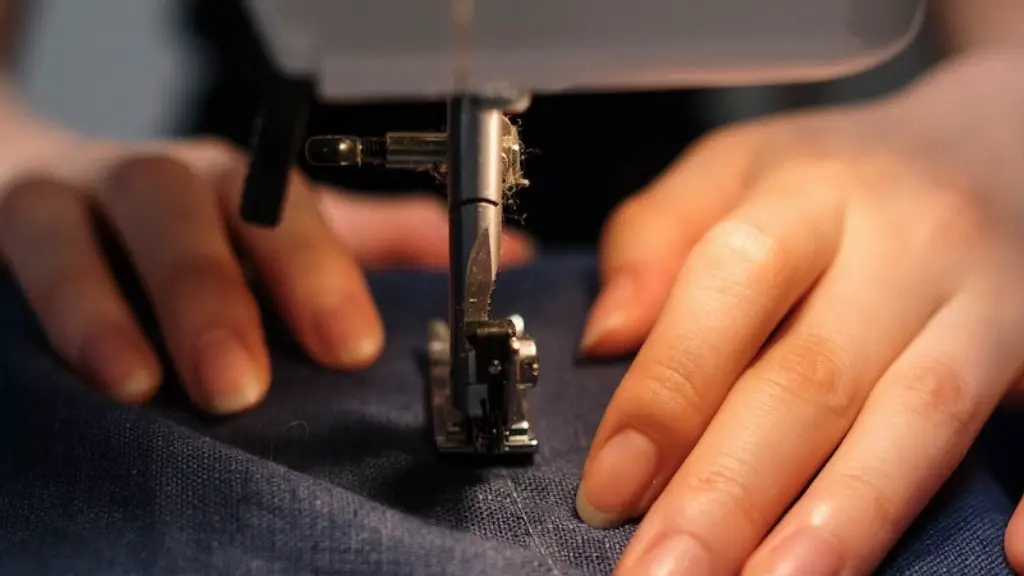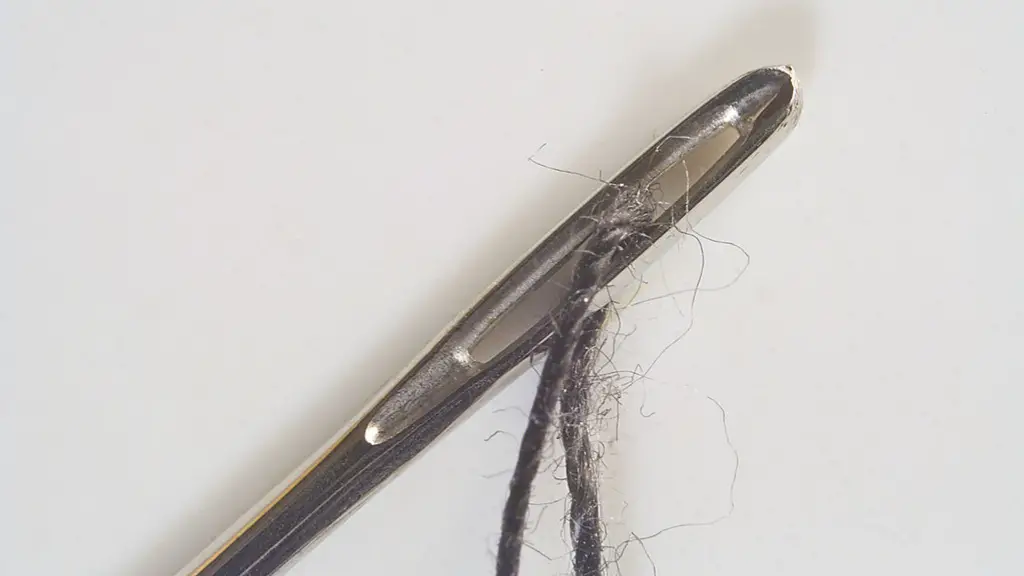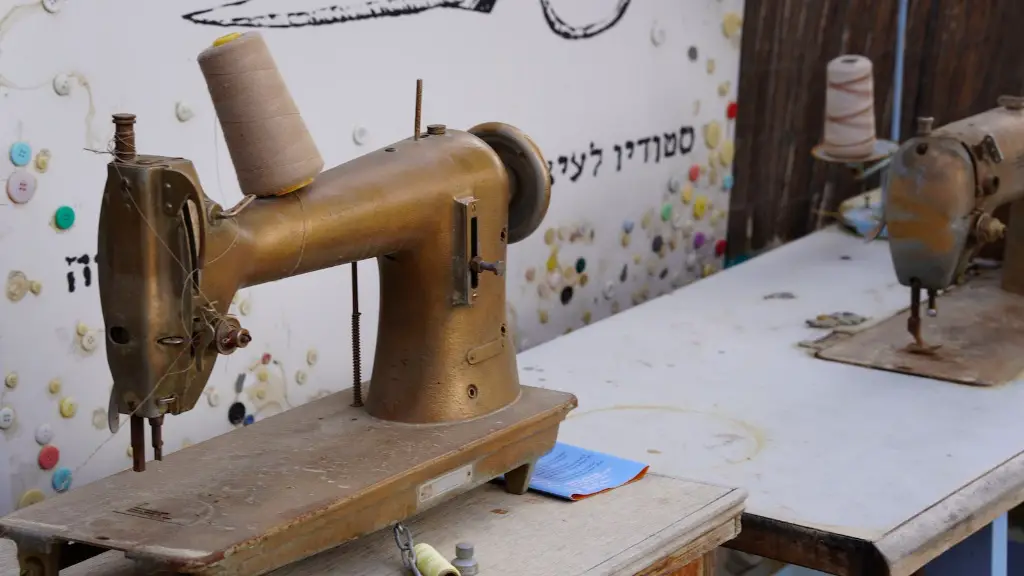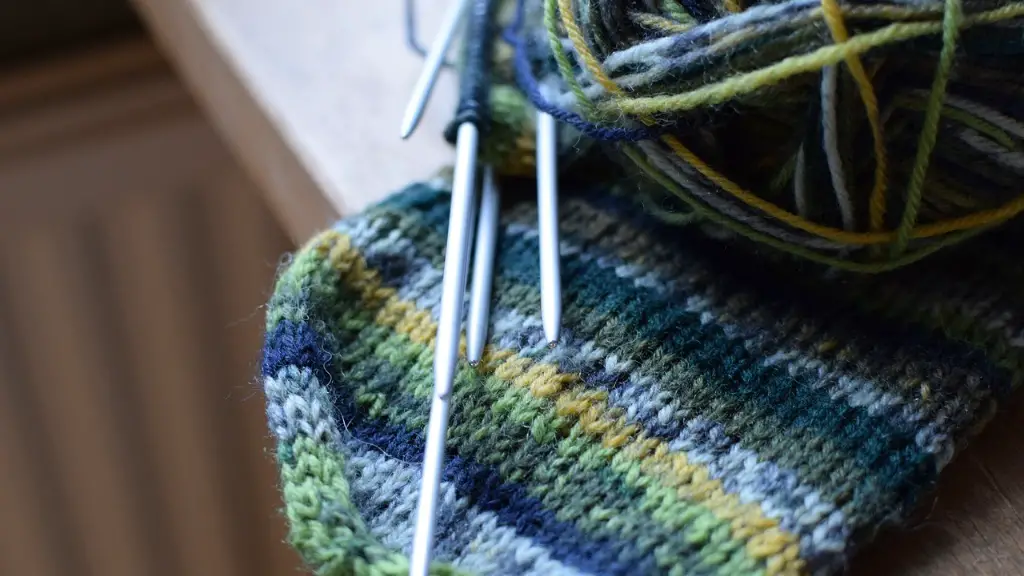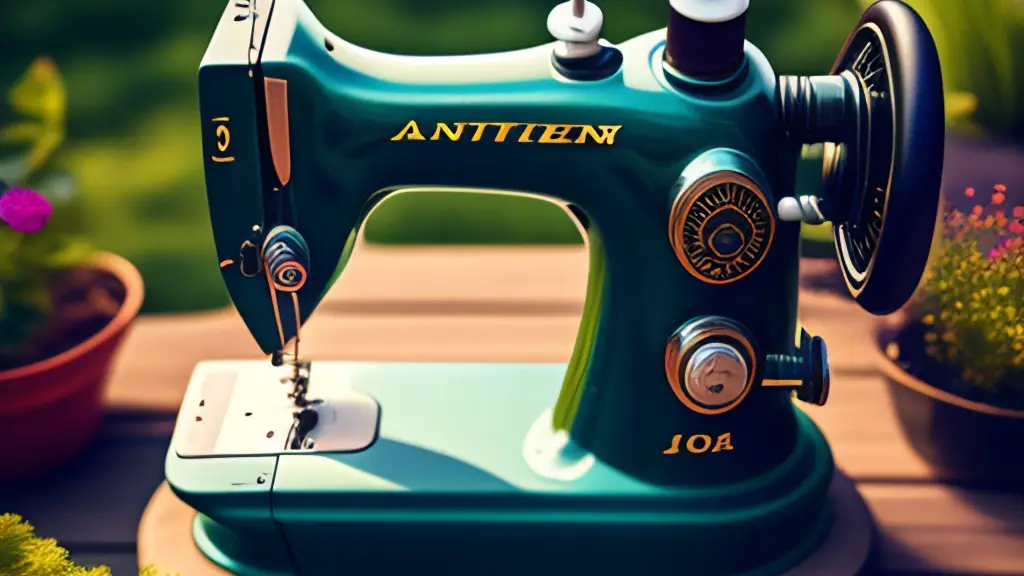Are Vintage Sewing Machines Better?
This question may have some people looking quizzically, as older sewing machines are usually not as sophisticated or as powerful as their modern counterparts; yet, does this mean that vintage machines cannot offer any advantages to the modern sewer? We examine the situation in detail to answer the question of whether vintage sewing machines can be superior to their modern counterparts.
It is difficult to make a generalization about vintage sewing machines, as the exact models tend to vary greatly. Furthermore, depending on the age and usage of any particular old sewing machine, its condition and the quality of stitch can be different each time. A great sewing machine when it was new eighty years ago, may not produce the same great stitch now, having been subjected to decades of use and wear and tear.
However, vintage machines can still present as a great asset to sewers, as they can bring a certain uniqueness to the finished item. For example, a vintage sewing machine may produce a decorative stitch that modern machines cannot use, adding an extra dimension to the overall look of the garment.
It is also important to note the differences between a basic and more advanced vintage sewing machine model. Basic models tend to offer simplicity in terms of operations, enabling the sewer to create basic garments with minimal fuss. On the other hand, advanced models can offer a range of features, including the ability to embroider, or to make intricate or curled stitches for example.
From a purist standpoint, a vintage sewing machine is likely to bring a more authentic finish to whatever it is that is created. Imperfections in the stitching, and signs of wear and tear to the machine, can become part of the charm or beauty of the final product, in a way that a shiny, modern machine could never quite replicate.
In conclusion, vintage sewing machines can be every bit as useful today as they were years ago. Whilst newer models may provide superior quality of operation, and more features, vintage counterparts can still be extremely useful in certain contexts, depending on the individual project.
Styles and Fashion Today
Today’s modern looks in the fashion world are mainly driven by the latest trends, but certain vintage styles are still popular because they create a certain kind of timelessness and class. Having a vintage sewing machine affords a sewer the opportunity to recreate coveted looks from the past, but with a distinct and modern twist.
Designers and fashion students in particular can make use of a vintage machine in order to recreate garments from all sorts of time periods. For example, a seamstress can use a vintage machine to recreate a Victorian-style skirt, with all of the frills and pleats of the original design. Or, they can remake a classic Chanel-style jacket, with the right fabric and trimmings. Generally, vintage machines can let you create something truly special.
In fact, certain fashion brands have started to capitalize on this phenomena, and actively promote clothing with a vintage look, often created with a modern twist in the design or fabric choice. Therefore, in order to recreate a similar look and feel, vintage sewing machines are very much a must have for those who specialize in retro-based fashion.
Of course, vintage sewing machines are not just for creating fascinating fashion, as they can also be used to recreate household items such as curtains, blankets and cushion covers etc., or even toys and accessories for children. Regardless of the desire project, vintage machines are sure to create something special and eye-catching.
The Advantages of Vintage Sewing Machines
Evidence suggests that vintage sewing machines can still offer a number of distinct advantages to sewers. For example, they are typically much more affordable than modern machines, and so are an ideal choice for those on a limited budget. This is particularly relevant for novice sewers, who want to get a feel of the craft without having to invest too heavily.
Furthermore, although they tend to be more manually operated, vintage machines require far more skill and precision to use than modern ones, which may be automated or motorised. This means that there are fewer chances for errors to creep in when using these machines. Moreover, there is less chance of them breaking down due to their simplicity.
Finally, it is also possible for the sewer to make repairs to the vintage machine themselves, assuming it is a mechanical model. This can be useful for people living in rural areas or for those who are unable to access professional repair services. Of course, experienced sewers may find this particularly rewarding, as there is a great sense of satisfaction that comes from tinkering and restoring vintage machines.
Are Vintage Machines Easy to Use?
It is a common misconception that vintage sewing machines are complicated and difficult to operate. However, the truth is that they are actually quite simple, and most people can learn how to use them fairly quickly, provided they seek out the right guidance.
Modern technology means that there are plenty of instructional videos available online, so a novice sewer does not have to rely on someone else to teach them how to use the machine. Many of the old sewing machines are fully manual, meaning that all that is required is to push the shuttle and foot pedal to create the desired stitch.
Also, mechanical machines such as the Singer Featherweight, come with all the parts properly labeled and with clear instructions on how to use them. Still, there may be times when it is helpful to ask a knowledgeable friend or expert for advice on how to put the machine together, use it and if necessary, repair it.
Are Vintage Machines Still Relevant Today?
It is quite remarkable that sewing machines from the late 19th century and early 20th century are still relevant in today’s day and age. This is testament to the remarkable craftsmanship of the inventors and to the sheer quality of the machines themselves.
Certainly, many other objects and pieces of technology from the same era are long since obsolete and have no modern-day use. Garment makers who use vintage sewing machines can feel pride in the fact that their tools have stood the ultimate test of time, and are still are as useful today as they ever were.
Furthermore, because of the durability of these machines, there is no reason why vintage sewing machines cannot be used for many years to come, provided they are given the right care and attention. Thus, the machines can become a fantastic investment for sewers looking to make the most out of their machines.
Finding the Right Vintage Sewing Machine
To find the right vintage sewing machine, there are a few pointers that can help the buyer make the right choice. Firstly, they should ensure they know the condition of the machine before they buy, and check that all the mechanical parts are working correctly.
Also, it is worth checking the age and make of the machine, as well as the price. This way the buyer can compare different makes and models and see which best suit their needs and their budget.
It is also important to check the availability of replacement parts, particularly for older sewing machines. It is highly advisable to identify a good parts supplier, so in the case that a part needs replacing then the buyer has a ready source of supply.
Finally, although the elderly sewers may not be around to help out with any particularly tricky problems, there is plenty of help to be found online. Sewers can join forums and related discussion groups to ask questions and find solutions to any issues that may arise during the use of a vintage machine.
